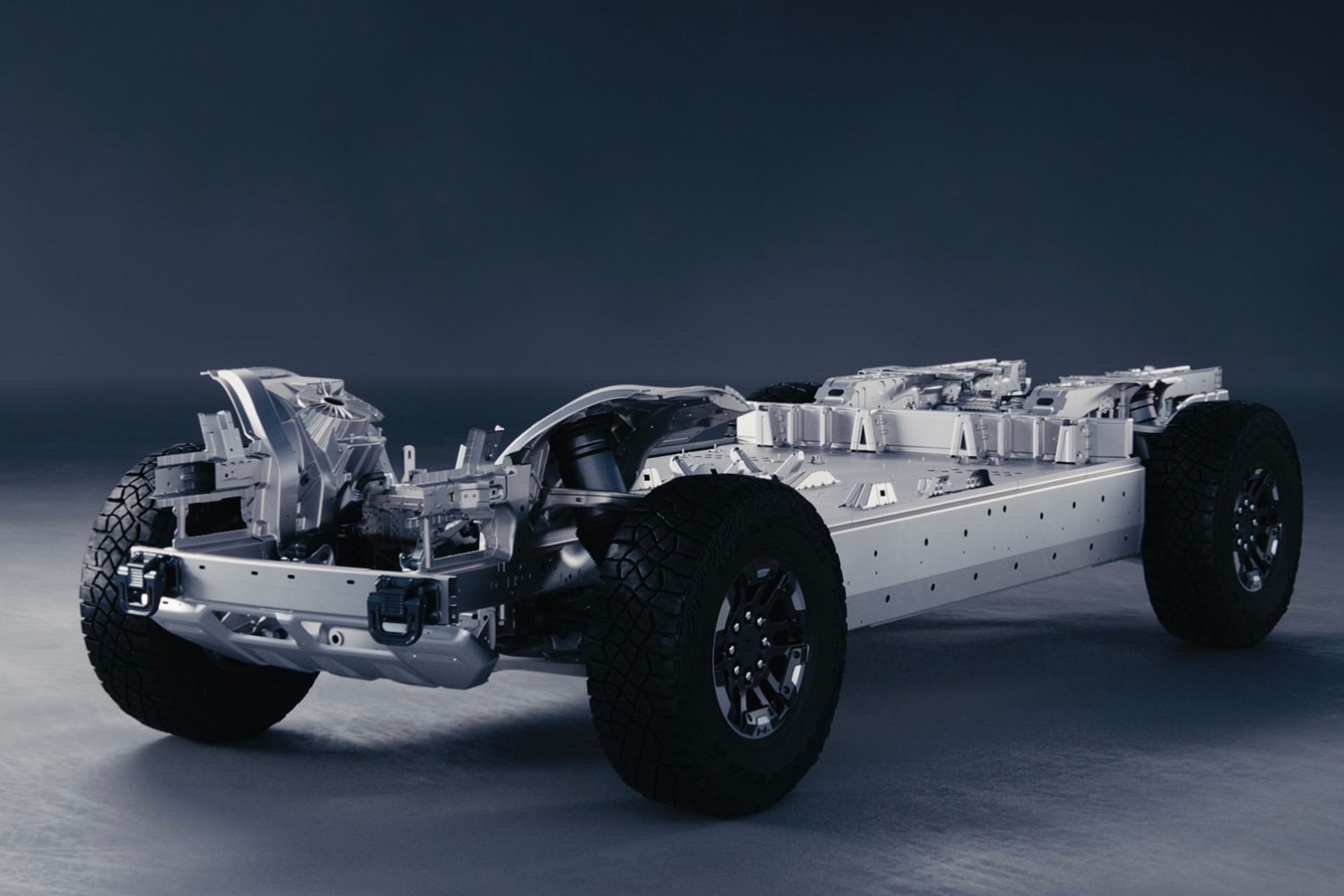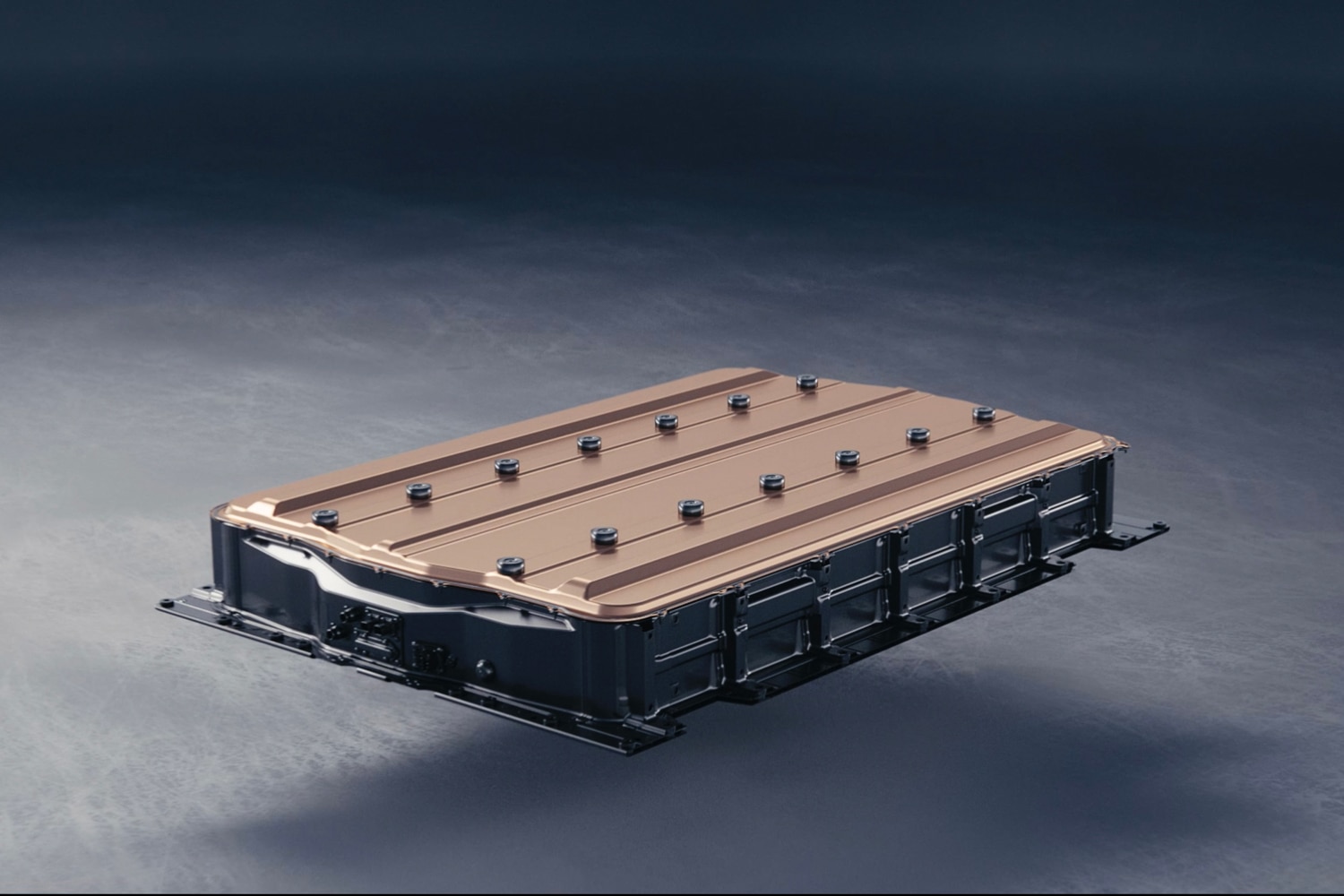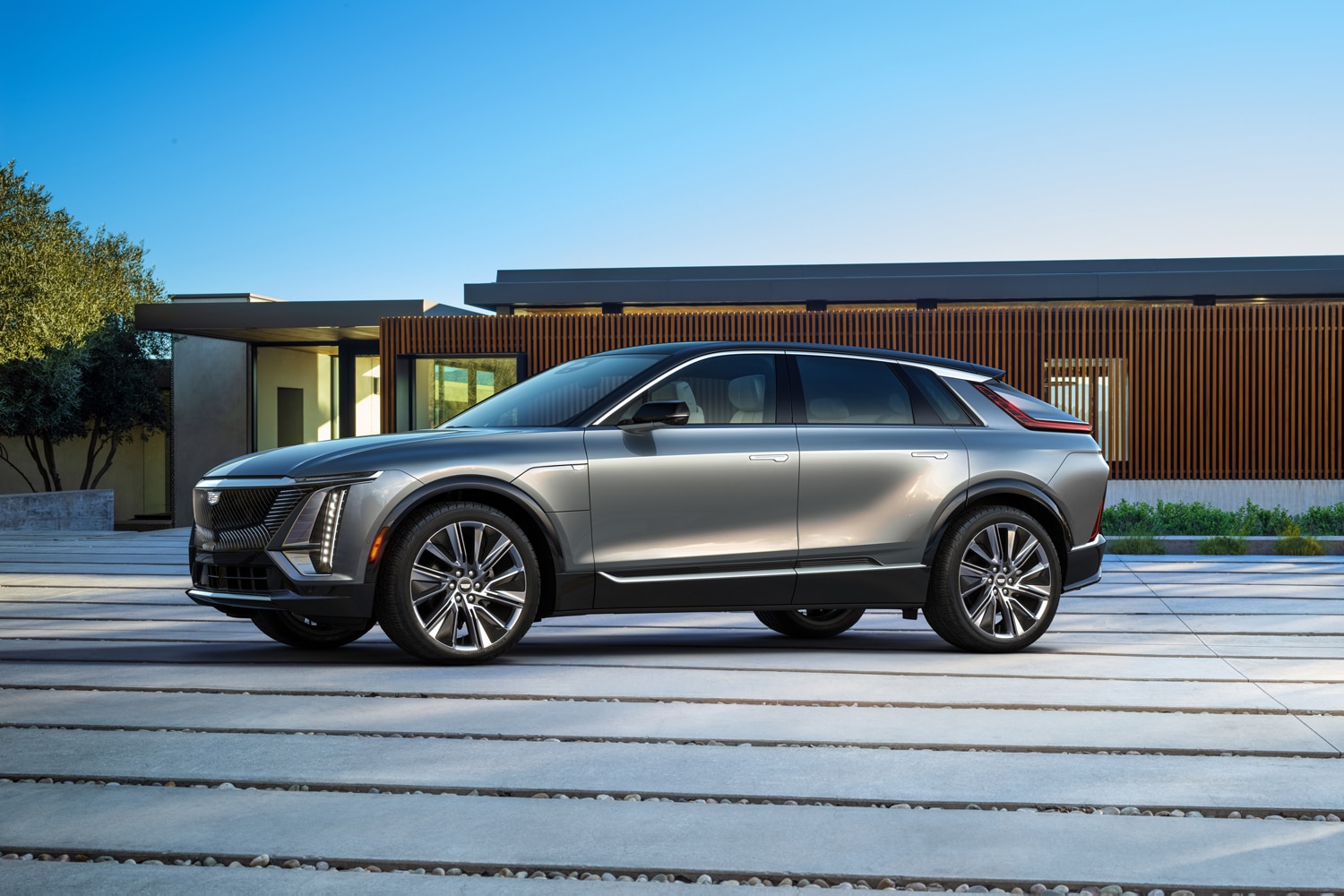What Is GM's Ultium Battery Technology?
General Motors has ambitious plans for electric cars, and they're all built on the automaker’s Ultium technology.
 General Motors
General Motors
General Motors can’t talk about its future electric vehicles without saying “Ultium,” which is understandable, considering the technology is slated to underpin 30 new EVs by 2025.
What Is Ultium?
While the word “platform” traditionally suggests shared chassis or structural elements in the automotive world, the Ultium platform instead refers to the components used to create GM’s next-generation EV drivetrain–namely, a new family of electric motors and modular battery packs, plus the power electronics that connect them. These components can be mixed and matched to create drivetrains for an incredibly diverse range of cars, SUVs, and trucks, ranging from the Cruise Origin autonomous shuttle pod to the macho 2023 GMC Hummer EV pickup to the 2024 Cadillac Celestiq luxury flagship and everything in between.
 General Motors
General Motors
Ultium battery packs can be resized, re-arranged, and even stacked on one another, depending on the vehicle and the power required. Battery capacities and range will vary depending on how the vehicle is configured. GM says Ultium packs can provide anywhere from 50 to 200 kilowatt-hours of energy and theoretically provide a maximum range of 450 miles.
 Cadillac
Cadillac
Crossovers like the 2023 Cadillac Lyriq will have 400-volt battery packs and fast-charging capability of up to 200 kilowatts. Ultium-based trucks, including the Hummer EV, the 2024 Hummer EV SUV, the 2024 Chevrolet Silverado EV, and the forthcoming 2024 GMC Sierra Denali EV, can stack battery modules in two layers to create a combined 24-module pack within their chassis structure. These packs can switch between 400 volts while driving and 800 volts for faster charging at up to 350 kilowatts. GM says that higher power can deliver up to 100 miles of range in as little as 10 minutes.
Ultium battery cells also contain 70 percent less cobalt than GM’s prior EV batteries, improving their environmental footprint and reducing their cost.
GM’s Ultium Can Deliver Front-, Rear-, and All-Wheel Drive
To get that power to the road, an Ultium vehicle can use as many as three electric motors, allowing GM to build front-, rear-, and all-wheel drive models. The Cadillac Lyriq will initially launch in rear-wheel drive form before offering all-wheel drive, while the 2024 Chevrolet Equinox EV and Chevrolet Blazer EV compact crossovers may follow in the footsteps of their gas-burning predecessors and offer either front- or all-wheel drive.
 GMC
GMC
GM can also tune the all-wheel drive system to deliver shocking performance, as best evidenced by the Hummer EV Launch Edition. In Watts to Freedom mode, the three-motor system can rocket the 9,000-pound pickup from zero to 60 mph in a mere three seconds.
Why Is Ultium’s Flexibility So Important?
Aside from Ultium allowing GM to develop electric vehicles of all shapes and sizes, it ultimately boils down to economies of scale. More Ultium-based EVs on the roads means the development and manufacturing costs of the platform can be amortized, allowing GM to bring more profitable all-electric vehicles to market and–hopefully–pass some savings to the consumer. GM is so eager to create scale for Ultium that it’s willing to sell the technology to its competitors. Ultium will also underpin Honda’s first mass-produced EV, the 2024 Prologue SUV.
Written by humans.
Edited by humans.
 Evan McCausland
Evan McCauslandCar, truck, train, or bus—if a vehicle has wheels, chances are Evan McCausland is interested in it. More importantly, he’s interested in helping others learn more about cars and trucks, especially when it comes time to make a decision on their next vehicle purchase. For nearly two decades, he’s been fortunate to have the opportunity to do just that, writing for major automotive publications, automotive clubs, and automakers alike.
Related articles
View more related articles